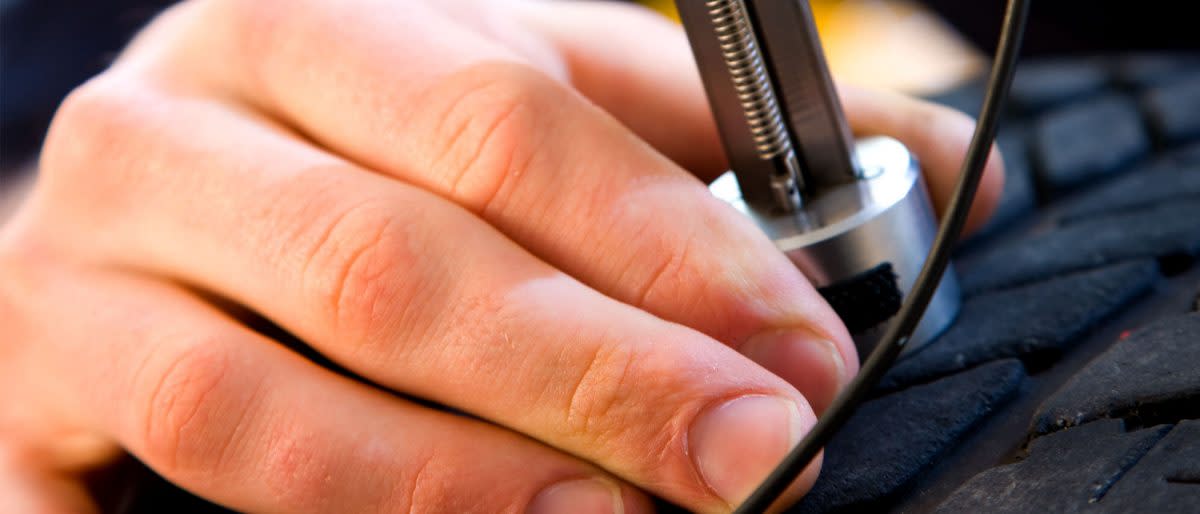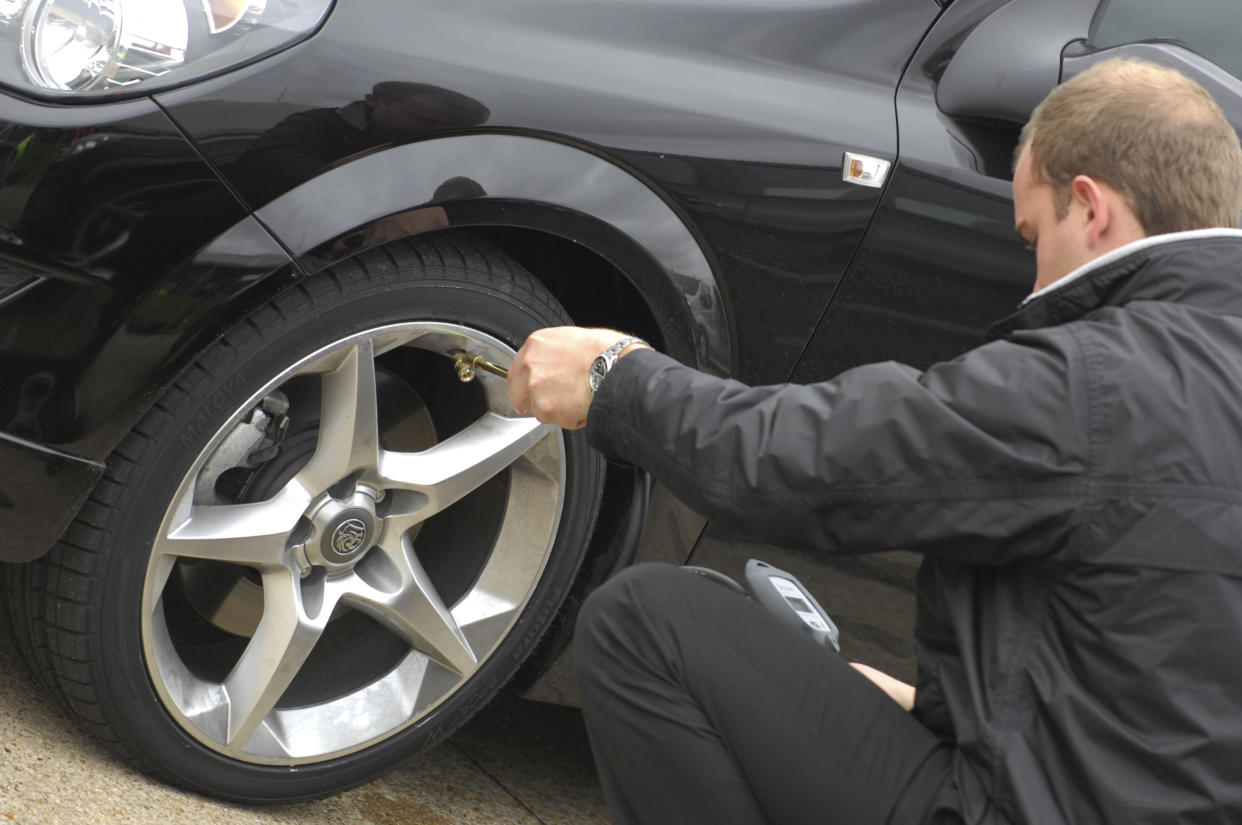Should I still be checking my tyres even if I’m not using my car?

As the coronavirus crisis rolls on, people are still required to stay indoors whenever possible and only venture out for essential reasons. It means that plenty of cars aren’t being used as regularly – and for good reason.
But a car left alone can often deteriorate, and infrequent usage can lead to some maintenance issues. A vehicle’s tyres are crucial to its dependability, which is why – even now – it’s worth keeping an eye on them. We’ve been in touch with tyre provider Goodyear to find out some of the aspects of a tyre you need to watch – and here are some key areas to check.
Flat spots
When a vehicle is stationary, the tyres aren’t rotating as often as they usually do. With the full weight of a car weighing down on its tyres, this is when they can develop flat spots. When the car returns to full-time use, these spots of worn-down tread will cause vibrations and can affect the way a car handles, too.
In order to avoid this, the car should be moved every three months, though only if this can be done within government guidelines, of course. Performance tyres need to be rotated once every 30 days, according to Goodyear.
Tread depth
Though MOT tests have been suspended in order to keep people moving, the legal minimum tread depth of 1.6mm has not. That’s why it’s crucial to check the depths of the tread on your tyres to both comply with the law and to keep your car safe, too.

The easiest way to check it is with a 20 pence piece. Insert the coin into the tyre’s treads; if you can see the border of the coin then the tyre is close to the legal limit. A more accurate gauge can be used if you’re not sure.
Tyre pressures
According to Goodyear, the tyres on a car which is going to be left stationary for a little while can be temporarily inflated to the manufacturer’s maximum recommended pressure to help keep them at their best. This can be found under ‘Max Press’ on the tyre’s sidewall. Then, when the car returns to the road, the pressure can be re-adjusted to the recommended standard pressure.

Drivers should use an accurate pressure gauge when inflating their tyres, and when doing so should check for any lumps, cracks or cuts that could be present in the tread. If found, the tyre should be replaced. The correct tyre pressures can be found under the fuel filler cap, in the vehicle’s handbook or inside the door.
Location and weight
Though it’s recommended that if a car is being left for a long period of time the tyres should be stored in a way where they don’t bear any weight – such as on stands – though this isn’t a viable option for many. However, removing any loose items from the cabin can help reduce the amount of strain put on the tyres.
The car should be ideally left on a flat, well-drained and cleaned surface, while the tyres should preferably not be exposed to direct sunlight.-


